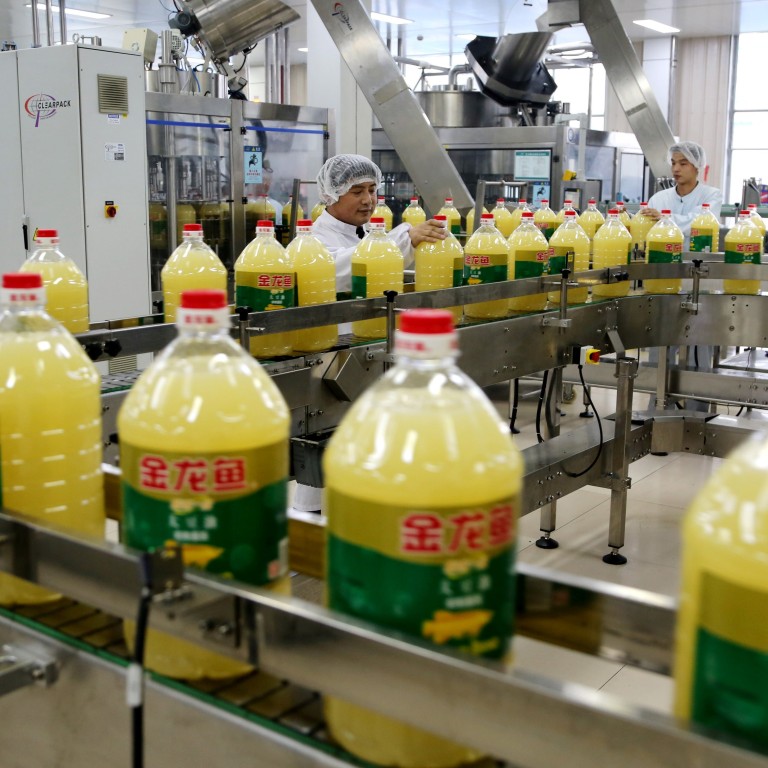
Bad start continues for China economy as private data shows manufacturing activity weakest since 2016
- The Caixin Purchasing Managers’ Index (PMI) fell to 48.3 in January from 49.7 in December, the lowest since February 2016
- On Thursday, the official PMI rose to 49.5 from 49.4 in December, but both indexes signal contraction in factory activity
China’s factory activity contracted for a second consecutive month in January, with the pace of the downturn picking up speed, due in large part to the effects from the ongoing trade war with the United States.
The Caixin Purchasing Managers’ Index (PMI), which tracks the activities of small- and medium-sized manufacturing enterprises, fell to 48.3 from 49.7 in December, well below the 49.5 reading analysts expected in a Reuters poll.
The January reading is the lowest since February 2016.
Readings below 50 indicate that manufacturing sector activity contracted during the month. The further the index reading below 50, the greater the contraction.
December’s reading, which fell 0.5 points to 49.7, was the first time the index had dipped below 50.0 since May 2017.
The PMI is usually an advance indicator of China’s industrial production, trade activity, employment and business confidence.
Last year, China’s economy expanded at its slowest pace since 1990, with its gross domestic product rising by 6.6 per cent.

.JPG?itok=J8tgfPmW&v=1659948715)